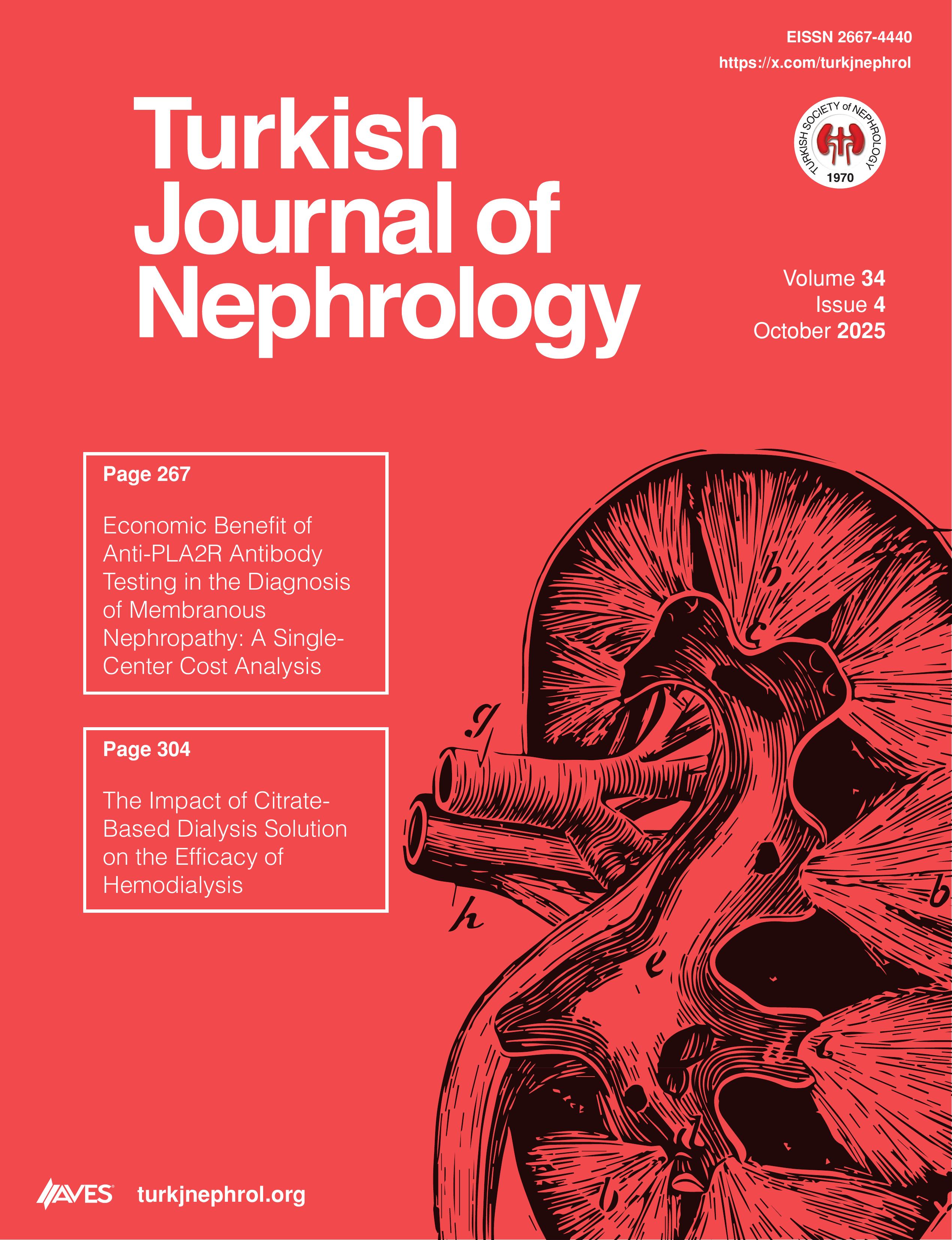Background: Alterations in fluid balance and body composition are hallmark features of chronic kidney disease (CKD) progression, contributing to functional decline and poor outcomes. This study aimed to compare fluid compartments, body composition, muscle strength, fatigue, and quality of life between patients with CKD G3 and G4 without kidney replacement therapy (KRT) and CKD G5D (dialysis).
Methods: Eighty-six patients (43 with CKD G3-G4 without KRT and 43 with CKD G5D) were assessed in this cross-sectional study. Body composition and fluid distribution were evaluated through the use of bioelectrical impedance analysis. Parameters assessed were protein mass, fat free mass, segmental muscle/fat mass, total body water, intracellular water (ICW), extracellular water (ECW). Physical performance was evaluated using handgrip strength and 4-meter gait speed. Fatigue was measured using the Fatigue Severity Scale, and health-related quality of life was evaluated using the Kidney Disease Quality of Life questionnaire.
Results: Patients with CKD G5D exhibited significantly lower ICW and ECW and a higher extracellular water ratio (P< .05). They also had reduced skeletal muscle mass, fat-free mass, and segmental muscle mass (P< .05). Handgrip strength and gait speed were markedly lower, while fatigue scores were significantly higher (P< .001). Both physical and mental quality of life scores were poorer in the dialysis group, despite similar comorbidity burdens.
Conclusion: Chronic kidney disease G5D is associated with fluid imbalance, muscle wasting, and functional impairment. Early identification and intervention in CKD without KRT may mitigate decline and improve clinical outcomes.
Cite this article as: Murali S, Sridevi S, Senthil Kumar T, Yogeswari R, Venkatesh N, Ramprasad E. Analysis of body composition distribution in different stages of chronic kidney disease. Turk J Nephrol. 2025;34(4):253-258.

.png)


.png)

.png)